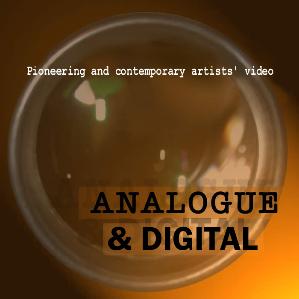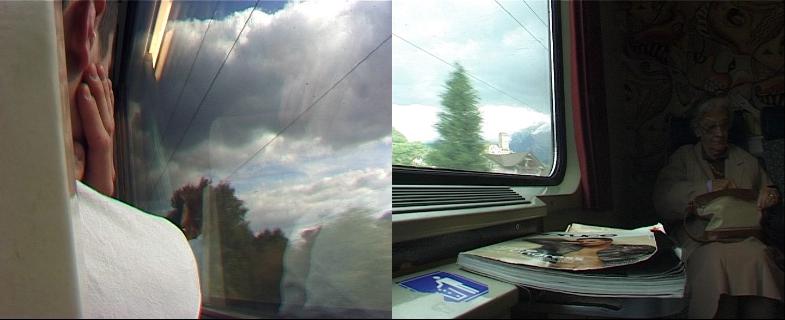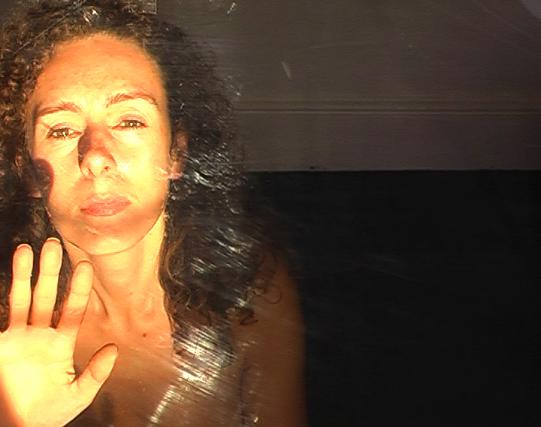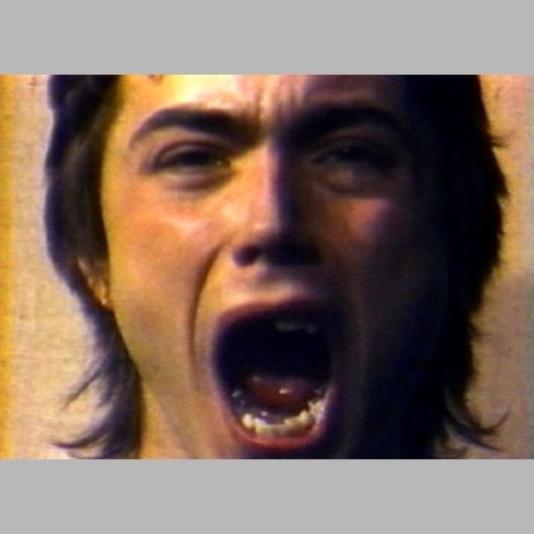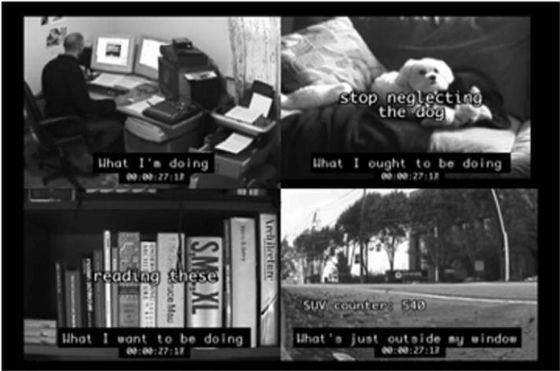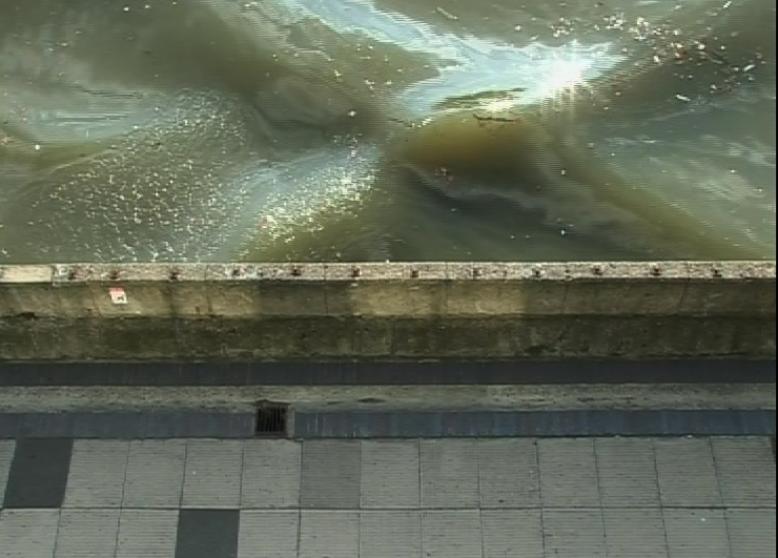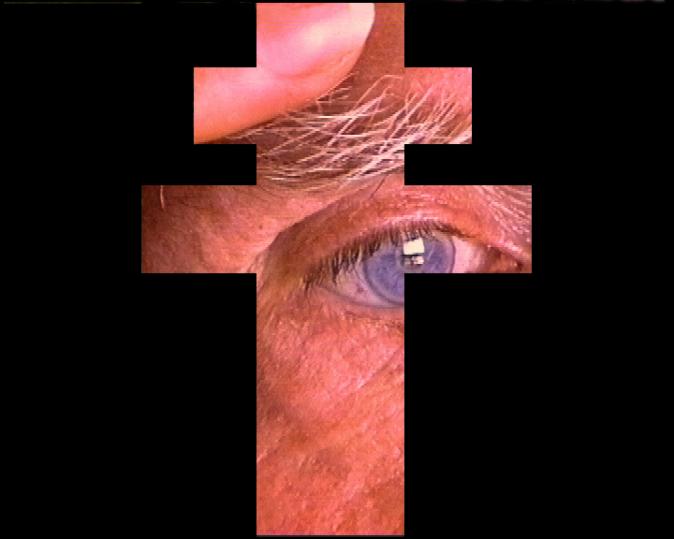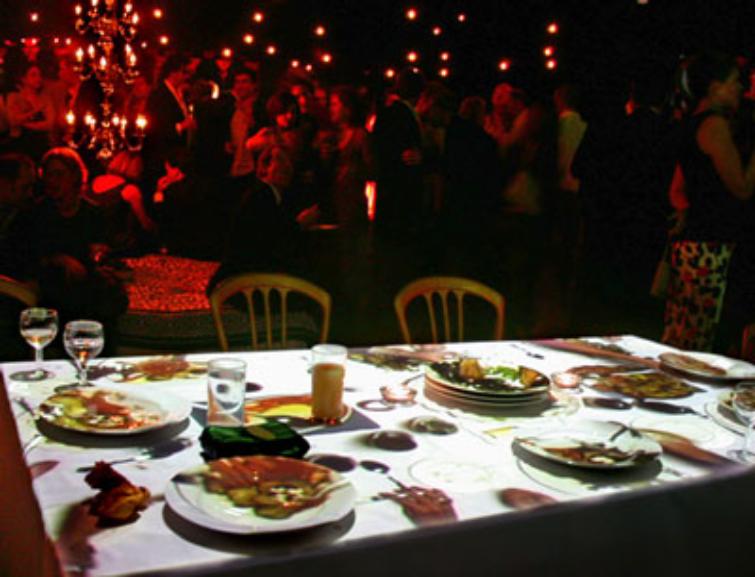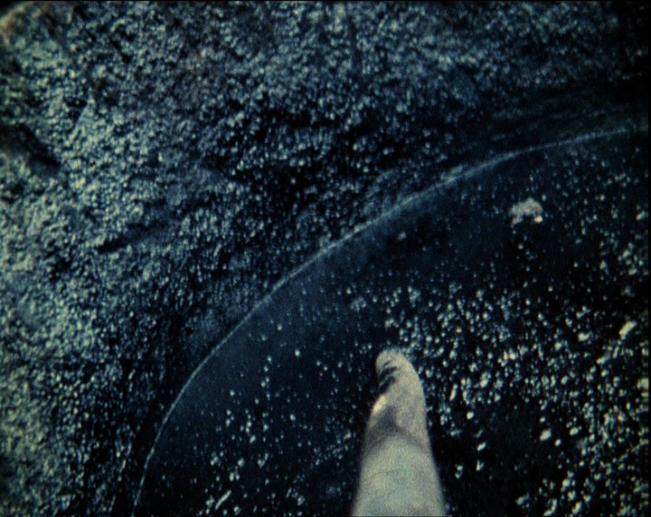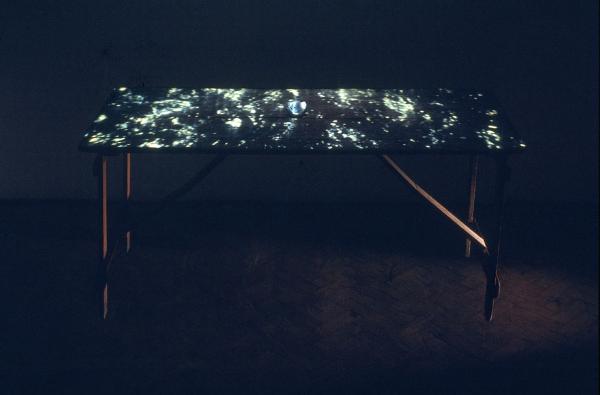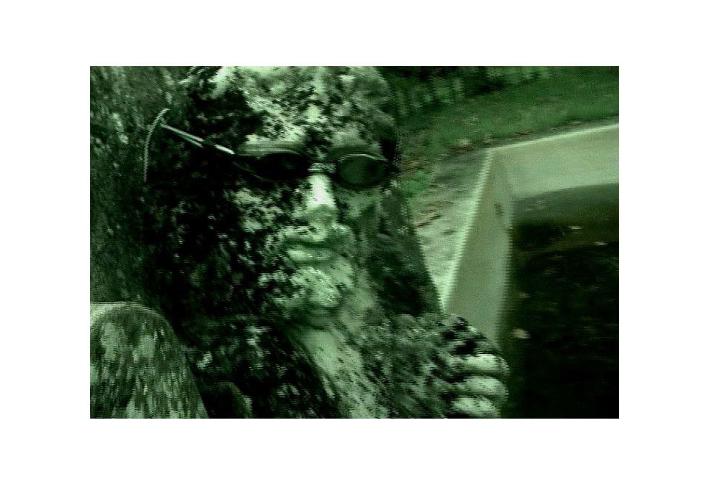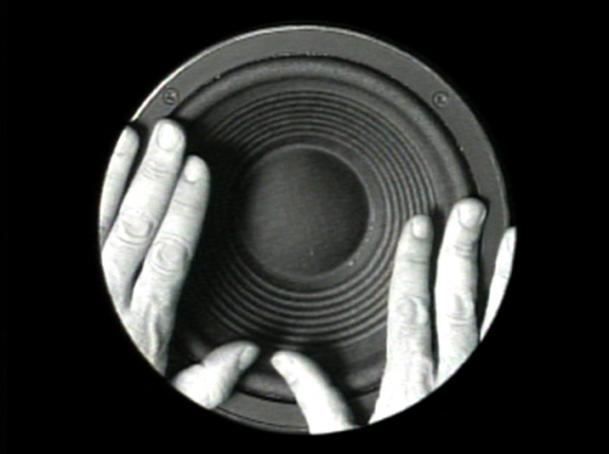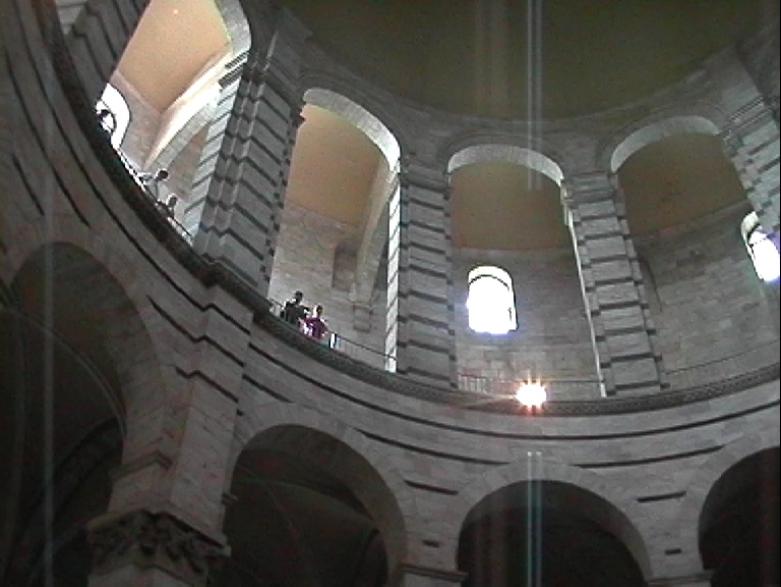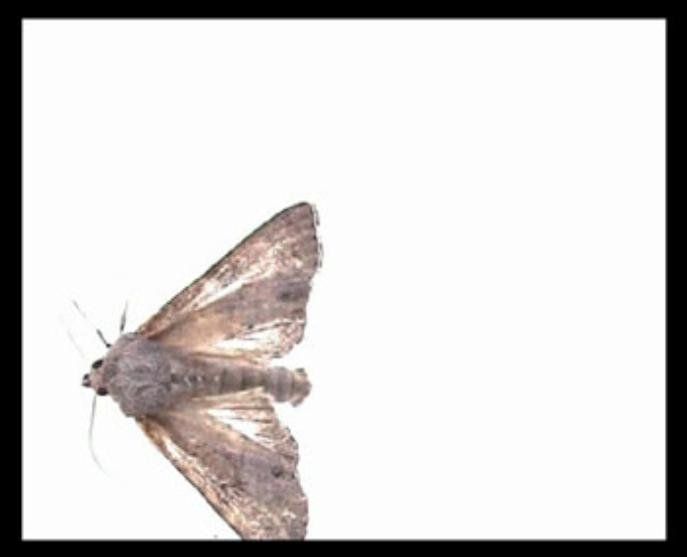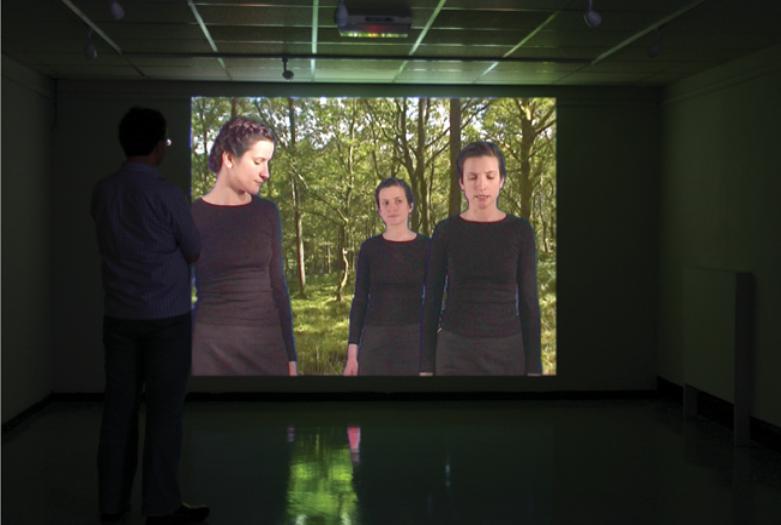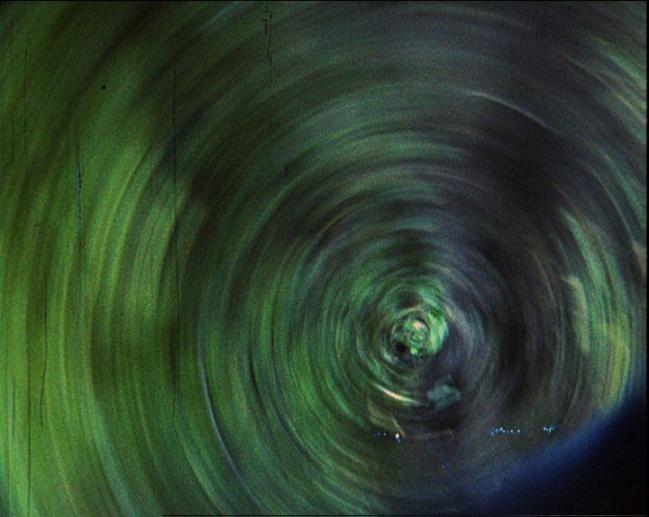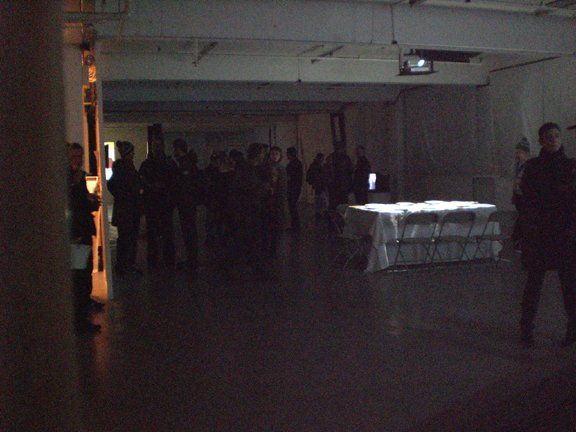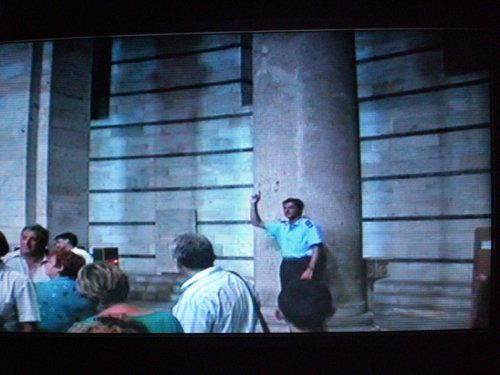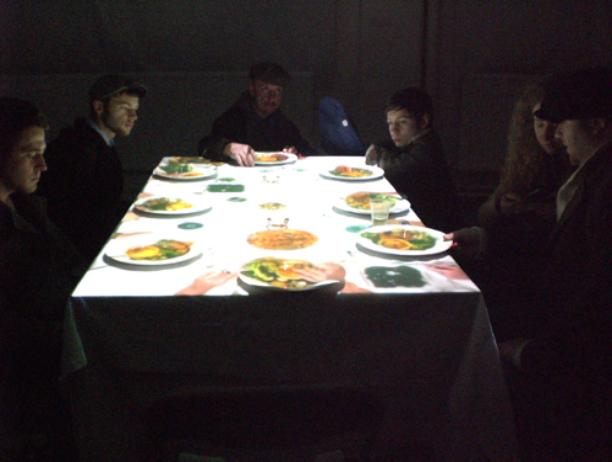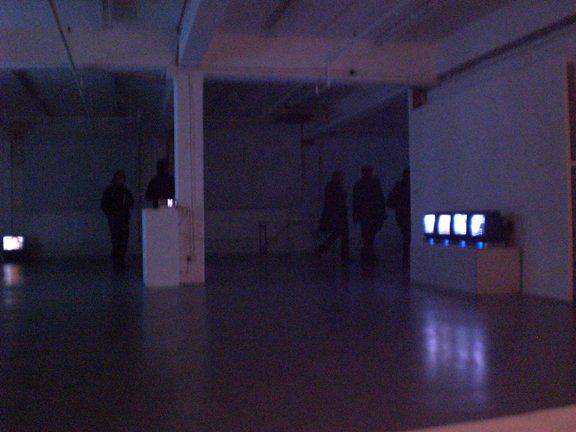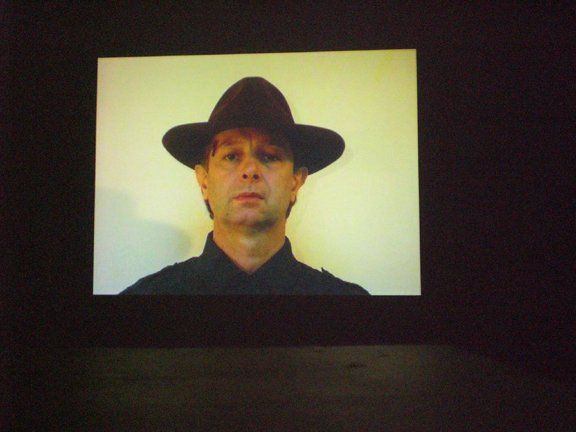VINCE BRIFFA
Studied with sculptor Edouardo Paolozzi at the Edinburgh College of Art, holds an MA in Fine Art & Digital Media from Leeds University and is currently doctoral research artist at the Electronic and Digital Art Unit of the University of Central Lancashire in the UK. He is also lecturer at the University of Malta and visiting lecturer at the Unit for Contemporary Art Practice at the University of Leeds. Vince Briffa is a founding member of START, a Maltese contemporary art group and co-founder of ArtSoundCreative.
Works shown at the 48th edition of the Venice Biennale (1999) and the Villa Manin Museum of Contemporary Art, Passariano, Italy and the Casoria Museum of Contemporary Art in Naples, Italy; the Pierides Museum of Contemporary Art in Nicosia, Cyprus; the MOYA and Only Atelier in Vienna and the ‘Johanniterkirche’ and Palais Liechtenstein in Feldkirch, Austria; the Palais des Nations, United Nations Building, Geneva, Switzerland; the grounds of the Museum of Modern Art, Vaduz, Liechtenstein; the Galerie der Schwarze Punkt, Konstanz, Germany; the Edinburgh College of Art , Edinburgh Festivals - 1996 & 2000 and Matthew Gallery, Edinburgh and the Invergordon Gallery, Inverness, Scotland; the Bretton Hall College Art Gallery, Wakefield, UK; Galerie d’Art Zero, Barcelona, Spain; Queen Street Gallery, Belfast, Northern Ireland; the Espace Claudel, Bibliothèque Universitaire, Amiens, France; MAC, Museo de Arte Contemporáneo de Santa Fe, Argentina; Cork Vision Centre, Cork, Ireland and the Cathedral Museum, Mdina, the Museum of Fine Art, the Museum of Archaeology and St. James Cavalier in Valletta, Malta.
Curated ‘Digital Discourse’ for St James Cavalier Centre for Creativity, an international exhibition of electronic and digital art from the Commonwealth Countries to coincide with the Commonwealth Heads of Government Meeting in Malta in November 2005.
